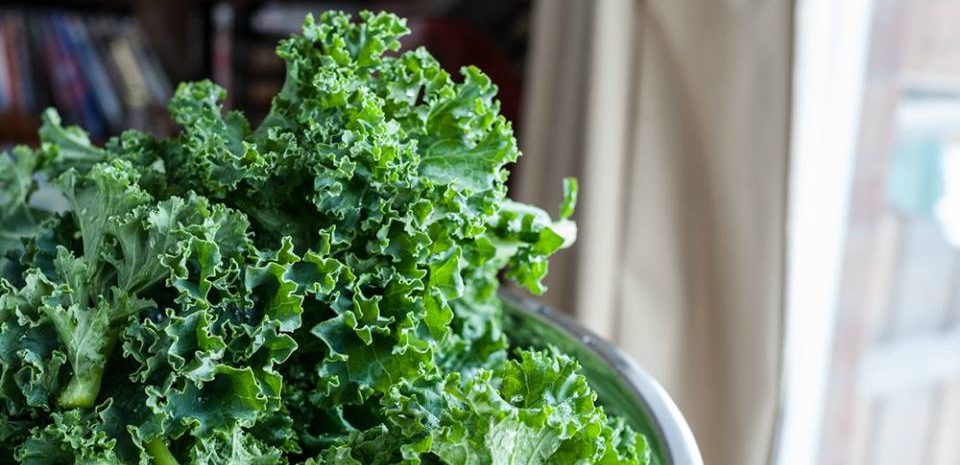Posted by Linda | April 27, 2016
Hail to the Kale

Along with loving to learn, I love to watch and listen to people. Ok, I might be a little nosey.
Last week I was at Whole Foods in the produce section picking out some veggies when a women next to me said, “ What is the difference between these two types of Kale?” Now, to be honest, I thought she was talking to me (so I am not too nosey). I turned toward her and then realized that she speaking to her husband.
What I found interesting was his answer. He said as he was pointing to the Lactino Kale, “That one because it’s more nutritious.” I walked away thinking ummm…… Really?
Here are the FACTS:
Kale is the “Grandmother” of the Cabbage family. This family includes broccoli, cauliflower, cabbage, collard greens, mustard greens, bok choy, and brussel sprouts, to name a few. There are 3 common types of Kale we see in the stores.
- Curly Kale
- Lactino Kale (aka dinosaur, black or Tuscan Kale)
- Red Russian Kale
Taste and texture is where they differ. Curly Kale has a lively bitter flavor with delicious peppery qualities. Because it is hearty, it can taste chewy so, it is often avoided in raw salads. Here is a tip – massaging the kale can transform this green from being bitter and tough to silky and sweet. After a little massage, kale becomes a great option for light green salads. Lactino Kale is more tender and has a slightly sweeter and more delicate flavor . It can be sliced into thin ribbons or massaged and used in raw or cooked dishes. This is the type used for kale chips. Red Russian Kale has a great flavor that is described as sweet and mild with a little bit of pepperiness. With all these types of kale, it is recommended to remove the leaves from the stems as they are fibrous. Another Tip- save the stems and juice with them.
In regards to nutrition-ALL kale is reported to be the same. Kale is a nutritional powerhouse of vitamins, minerals, and disease-fighting antioxidants. It is a strengthening vegetable which can support the stomach, eases lung congestion, and gives our body an “edge up” in dealing with toxic exposure. Did you know that one cup of kale leaves has only 36 calories, offers 5 grams of fiber, and 0 grams of fat. Because it’s a good source of fiber, kale is a great leafy vegetable for aiding in digestion and intestinal cleansing. Here are some additional nutrients:
- Kale is high in iron which is good for proper liver function (YEAH for Spring Cleansing)
- Kale is high in vitamin A – good for vision and skin
- Kale contains Vitamin C – helpful for your immune system, metabolism, and for hydration.
- Kale contains Vitamin K – for protection against various cancers.
I do not know about you, but this is one “Grandmother” I want on my side.
Here is a wonderful recipe from my spring cleanse
Massaged Kale and Carrot Salad
1 bunch kale, washed and cut into ribbons.
2 large carrots, grated
¼ cup raw seeds (sunflower, pumpkin, hemp)
¼ cup olive oil
2 tablespoon’s apple cider vinegar (Braggs)
salt and pepper to taste.
Place kale and carrots in a large bowl. Whisk together the oil and vinegar, adding salt and pepper to taste. Pour over veggies. Toss/massage the greens for about 30 seconds or more if desired (your hands will get oily). Adjust seasoning, if needed and top with seeds. Add protein if desired.
ENJOY and have a blessed day.

